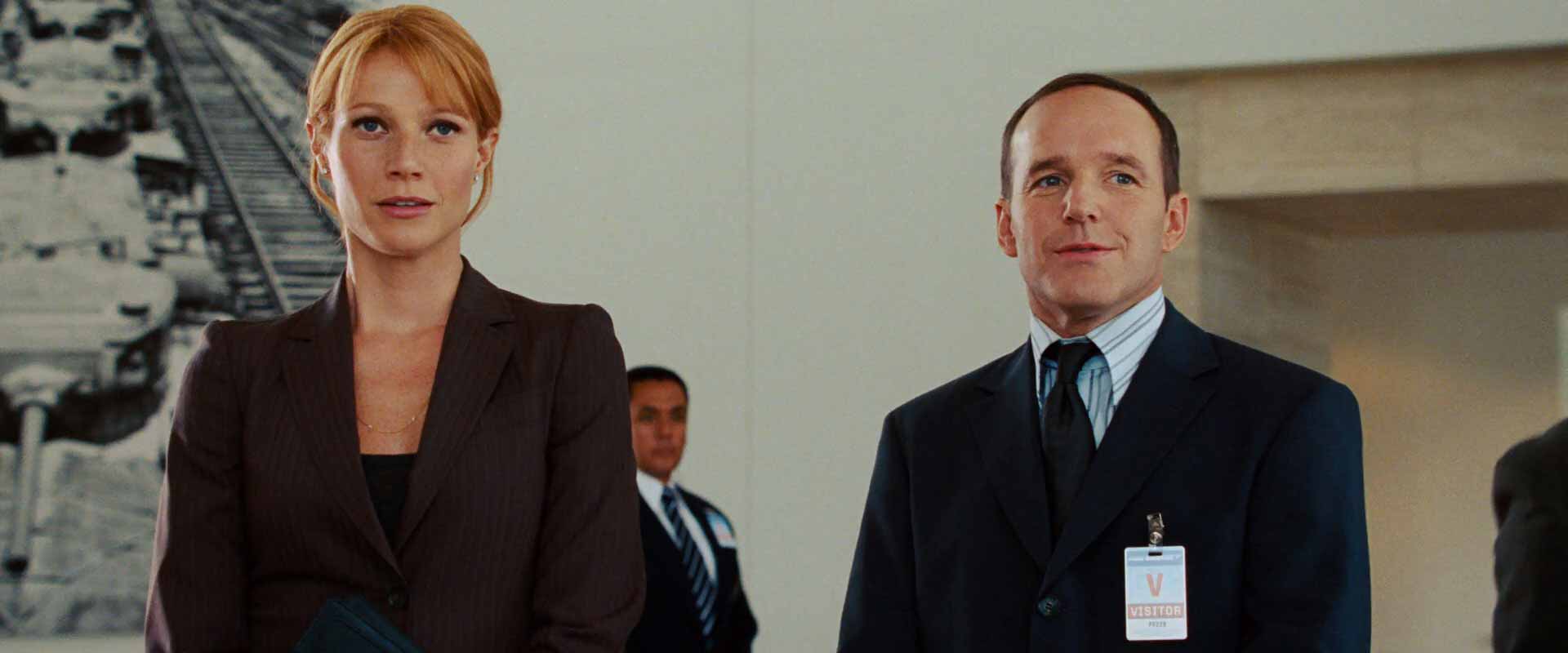The first one is always special. In franchises that manage to run this long, we almost always look back with nostalgia at the first entries, reminiscing of the time when the intent was just to make that one movie. Iron Man in many ways, or pretty much every way, was the definitive start to what is now the Marvel Cinematic Universe (MCU). It might be 20 movies and $17 billion old but the genesis of Marvel Studios was in the Howard Hughes Playa Vista lot where the bulk of Iron Man was filmed and developed.
There’s a mythic, far-reaching metaphor buried within the plot of Iron Man that quite aptly demonstrates the inner demons that Marvel was wrestling with during its hellish development phase. In the movie’s opening moments, Tony Stark, the film’s central protagonist (and also the MCU’s) is taken hostage and held captive in a cave. Together with another kidnapped scientist Yinsen, the duo are forced to build a missile for the Afghani insurgents. Stacked in the face of desperate odds, Stark and Yinsen outright disobey their request and instead build a crude but functioning suit of armor that gets the billionaire out of the cave.
In some ways, this represents Marvel’s own situation back in the day. Having licensed a majority of their bankable characters to studios like Sony (Spider-Man), Universal (Hulk) and Fox (X-Men, Fantastic Four, Deadpool, Daredevil), they were left with what were essentially B-string heroes. Looking at it in a different way, Marvel was practically coerced into having movies made about their superheroes the way the studios wanted, with little to no creative control themselves. Defying all odds, Marvel secured a hefty $525 million loan from Merryl Lynch and started building their way out. Jon Favreau’s Iron Man then was the Mark I of MCU superhero movies that helped Marvel escape captivity and launch a refined, polished film production company. They dubbed it, Marvel Studios.
Iron Man also gave Marvel two very important pieces of their cinematic universe. The first of these was director Jon Favreau. His sensibilities in directing wholesome entertainers and his knack for handling visual effects is something that would fully come to the forefront with this movie. He added the right balance of humor and seriousness, took an improvisational route with filming that made big actors like Gwyneth Paltrow and Jeff Bridges feel they’re a part of a [sic] “$200 million independent film” and injected himself into the movie’s mythos as Happy Hogan, a role he continues to don to this day. He’d go on to make several visual-effects heavy entertainers such as The Jungle Book, The Lion King and Marvel’s own Iron Man 2 but it won’t be a far stretch to say that his selection was one of the prime reasons Iron Man was poised for success right from the beginning.

The second, and arguably the most important piece in the central cast was Robert Downey Jr.. His natural persona perfectly blended into his performance as Tony Stark in a way that makes it difficuly, perhaps even impossible to have anyone else play him but him. Iron Man underwent a development hell that lasted around 15 years, with multiple studios (New Line, Universal) and actors (Nicolas Cage, Tom Cruise) attached to the project and in a certain sense, I’m glad all of them failed. Downey’s own life mirrors perfectly the metamorphosis that Stark undergoes as a character in the movie and his natural wit, effervescent charm and quirky nature alluded to Tony Stark in more ways than one. He’s been a hallmark of the MCU ever since and it all started with this small 2008 movie.
Yet another important piece of the puzzle introduced by Iron Man is the organization S.H.I.E.L.D.. With Phil Coulson being the face of the espionage agency, popping in and out of other movies, he became the connective tissue that tied all these movies together. It’s an element that we first see in Iron Man as Clark Gregg repeatedly pesters Pepper Potts for a meet to examine Tony Stark’s superheroics but whose importance we only realize a few movies later; he’s playing the long game and is perhaps the only indication in the movie of a long game at play, aside from the post-credits scene.
In a certain sense, Iron Man set a template that other Marvel movies closely adhere to, until this date. It starts off with a cold opening, has a flashy title show up, proceeds to tell its story, closes out with an equally loud and bombastic end-title sequence that oozes out creativity and rolls over to the credits. And then, it introduces what is now the iconic post-credits scene as Samuel L. Jackson walks into Stark’s Malibu mansion as Nick Fury, talking to him about his covert Avengers initiative. It would be the first of such post-credits sequences, notorious for linking story elements together, whose importance only grows further and further with each subsequent film.
It’s not that movies about other B-grade characters weren’t attempted in the past. Daredevil, Blade and The Punisher had all received film installments before Iron Man came out. And yet, it seemed as if Iron Man was the grandest of them all. Made on a lavish $140 million budget, quite a huge amount for a studio branching off on its own to make its first production. It made an equally humungous amount, $585 million worldwide, with $300 million of it coming from North America. At the point, it pretty much solidified its position as the highest grossing, best reviewed, B-superhero flick ever, and provided other studios a lot more confidence about attempting movies from lesser-known properties. Who knows, maybe it inspired Warner Bros. to go for Green Lantern.
Iron Man then, is not only significant in kickstarting the long running Marvel Cinematic Univese as a franchise in its own right, but also in breaking Marvel out from the shadow of other studios. It’s success was every bit important, in that it gave Marvel the reputation and financial freedom to continue with its shared universe plan, a plan whose effects were only glimpsed at in the post-credits scene featuring Samuel L. Jackson’s Nick Fury but whose true impact wouldn’t be felt until the next chapter in the franchise’s saga.
In this Appocalypse weekly series titled The Road to Avengers: Endgame, we take a look at all the Marvel Cinematic Universe movies leading up to the release of Avengers: Endgame with a specific focus on the importance of the movies in the MCU pantheon. These pieces may be laden with spoilers so read carefully.





